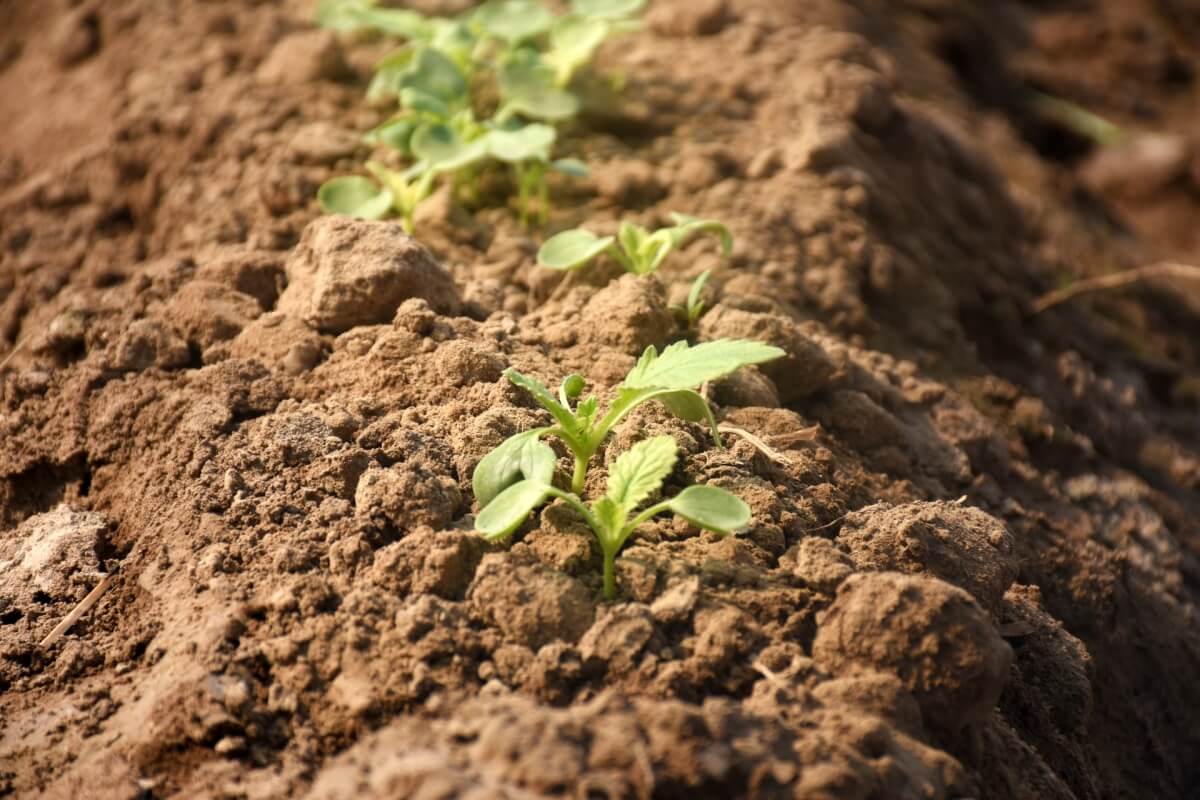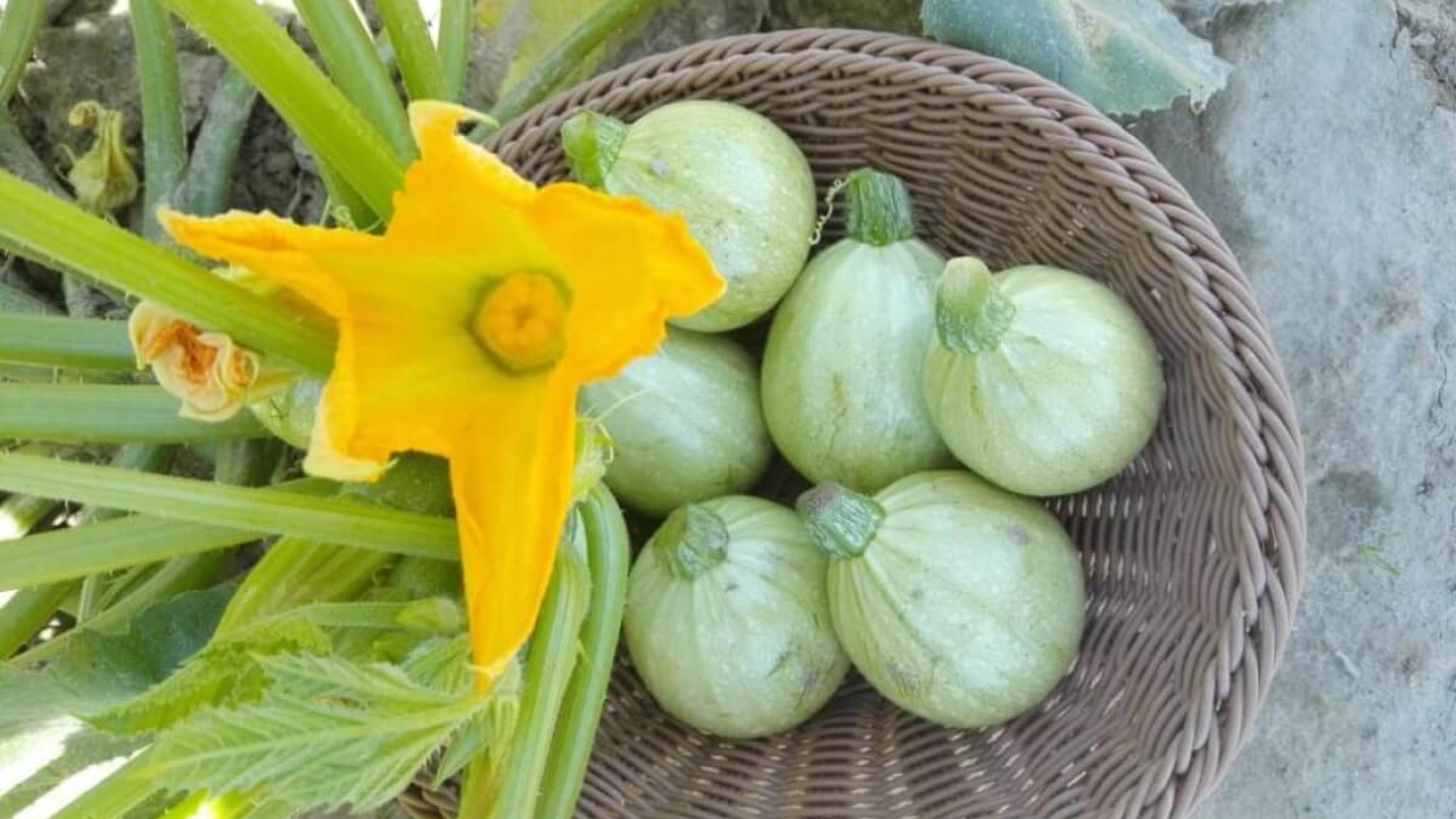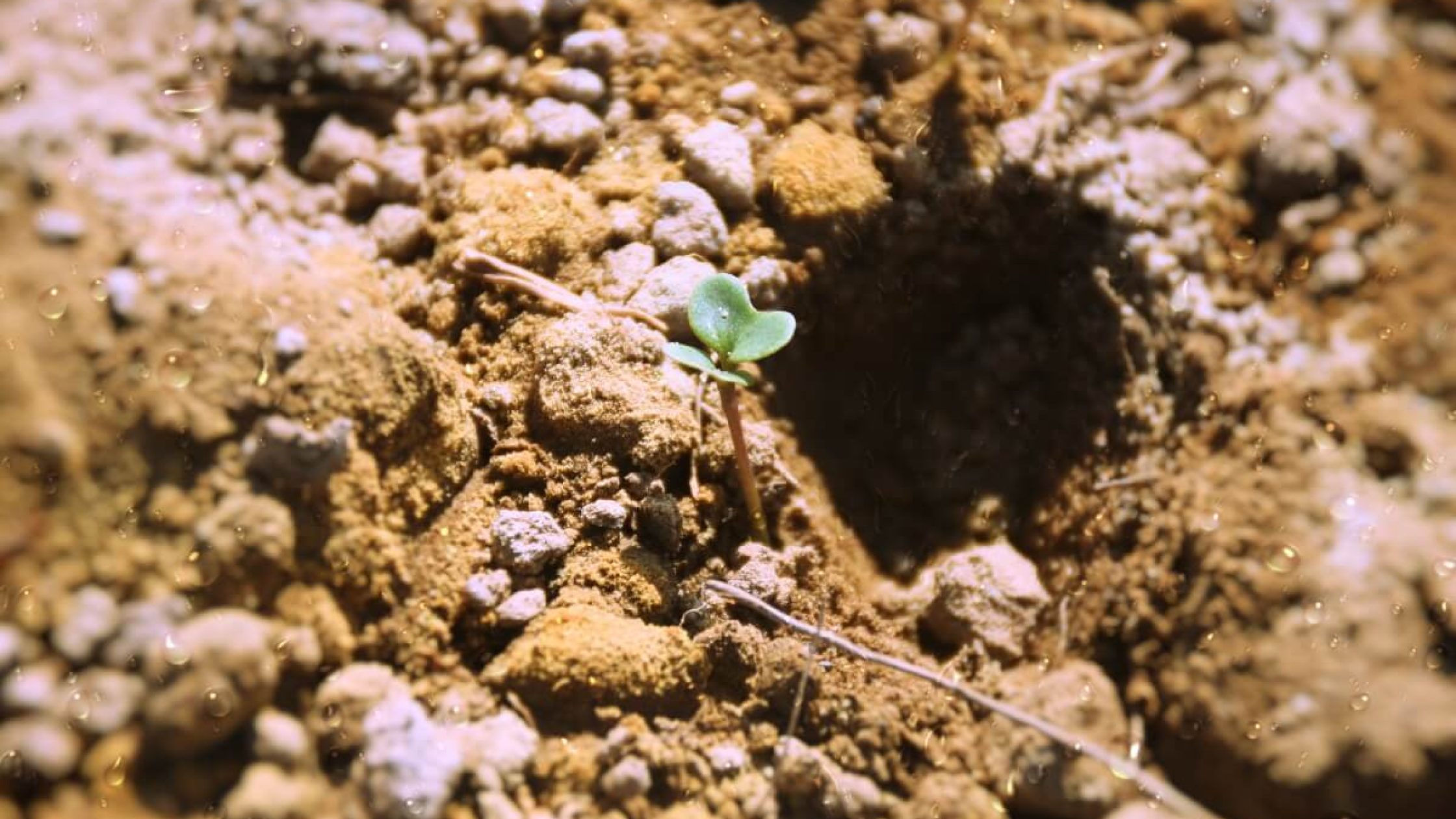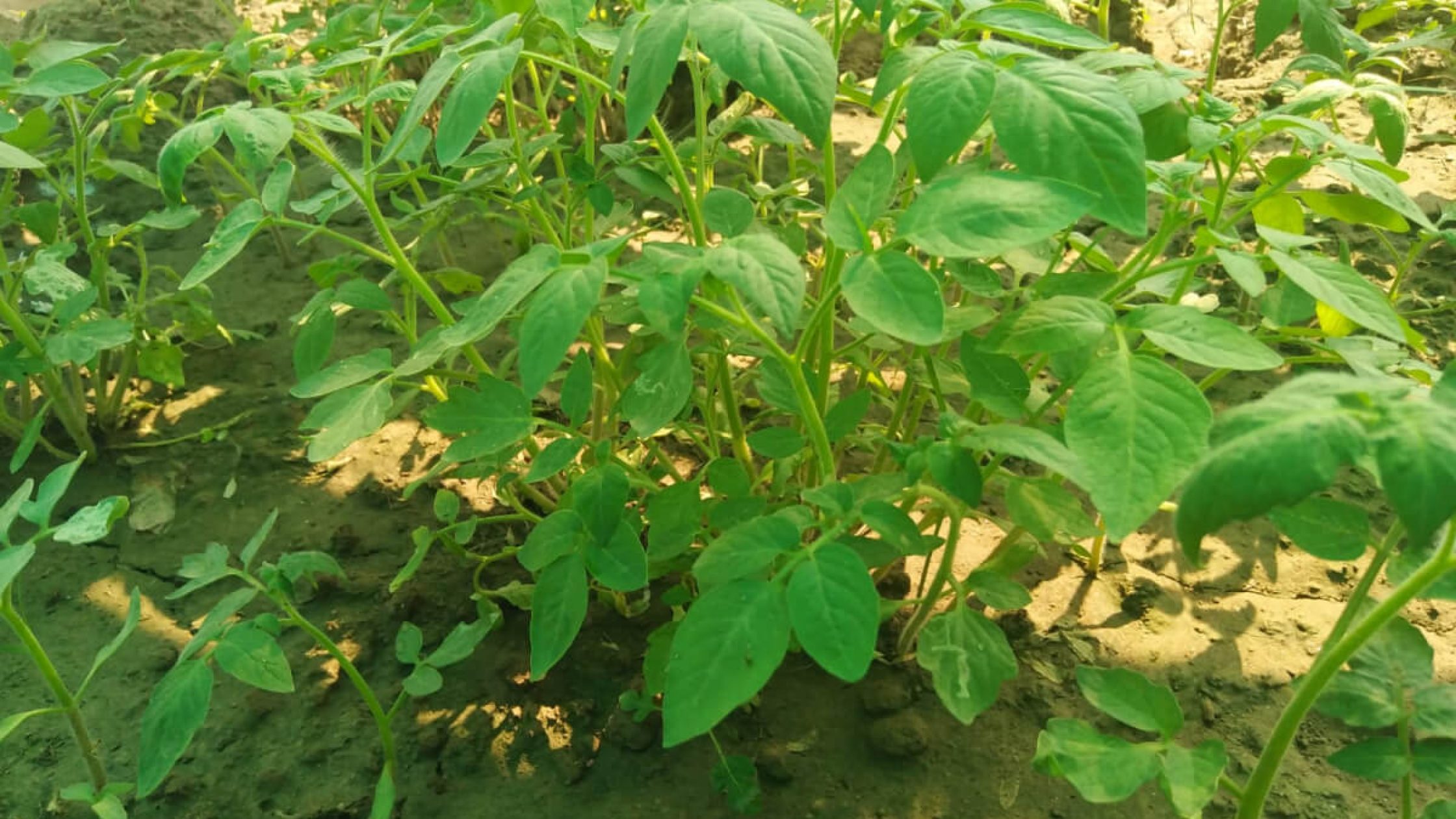No products in the cart.

How to grow Turnips
Many gardeners love to plant turnips, the unique little root vegetables, in their gardens. Turnips are a good choice for the novice gardener as they are typically easy to care for and grow well with other root vegetables, such as carrots or radishes. And because they like cool weather and grow quickly, it’s possible to grow a spring crop and a fall crop every season.
Like beets, turnips can be grown for the greens or the bulb. Turnips are members of the brassica family of cruciferous vegetables, and their tops – which taste a little like mustard green – can be cooked or eaten raw in salads. The roots can be boiled and mashed, but are most often used in soups or stews. Though they grow best in cooler temperatures, turnips typically require full sun but will tolerate partial shade. In order to thrive, turnips need well-draining, fertile soil with a fairly neutral pH level – ideally between 6.0 and 7.5.
If you plan to grow turnips mostly for the greens, use an organic fertilizer with plenty of nitrogen, which will encourage leaf growth, such as a 15-5-0; if you’ll be using the roots, use a 5-10-10 organic fertilizer. Always add compost to provide nutrients and promote drainage
Sowing Turnip Seeds
Turnip seeds should be sown directly in the garden bed. Sow the seeds about an inch apart and cover them lightly with 1/4â€-1/2†of soil. Watering immediately will help speed up the germination process.
Turnips don’t tolerate heat well, so avoid mid-summer plantings. In some temperate zones, if you stagger your seed sowing at 10-day intervals, you can harvest turnips continually.
Caring for Turnips As your turnip seedlings grow, be sure to remove any weeds that may be competing for water or nutrients. If the soil contains plenty of organic matter, it may not be necessary, but you can fertilize your turnip patch a second time about one month after planting. When the seedlings reach 5-6†tall, add a 2â€-thick layer of mulch to keep the soil moist and help combat weeds. If the soil gets too dry, the turnips may develop a woody texture.
When to Harvest Turnips Depending on the variety you’ve planted, it will take your turnips 40-60 days to mature. Turnip greens can be harvested at any time by cutting them from the plant. Turnip bulbs taste the best when they are small and tender – so about 45 days after planting, use a spading fork to gently loosen the soil around a bulb and determine if it is ready for harvesting. If you’re harvest the whole plant at once, the bulb should be about in diameter; if you have already harvested the turnip greens, the roots may be larger – about 3†in diameter.
In many areas, turnips planted in the fall can even be left in the ground and harvested into the winter – they will no longer be actively growing, so they will not become tough or pithy. Adding a layer of mulch will prevent the turnips from freezing, and the cold weather will sweeten their flavor.









